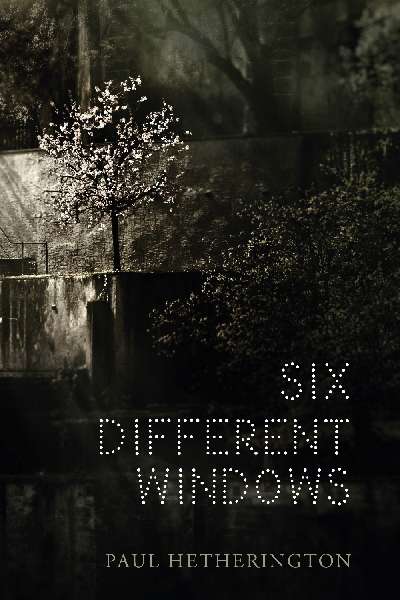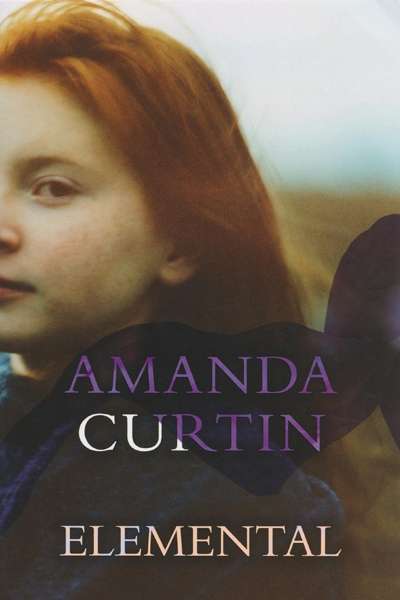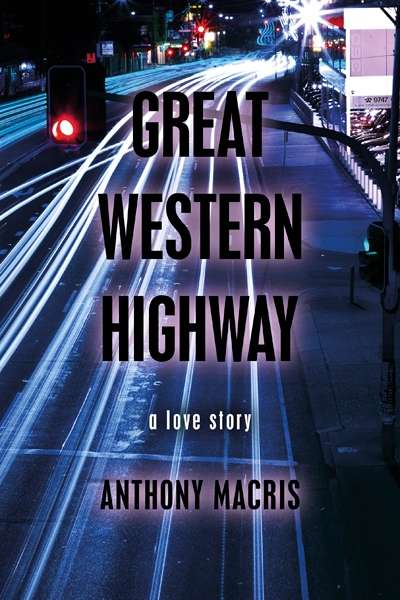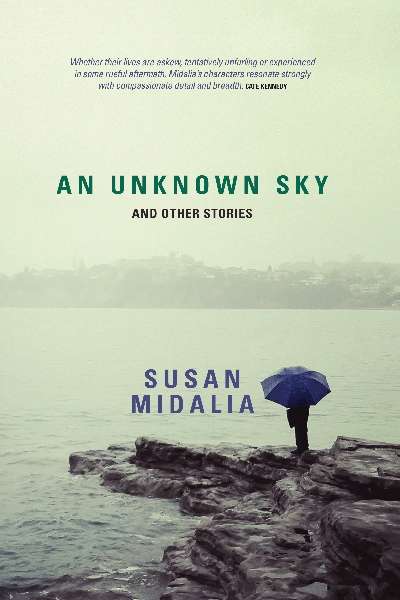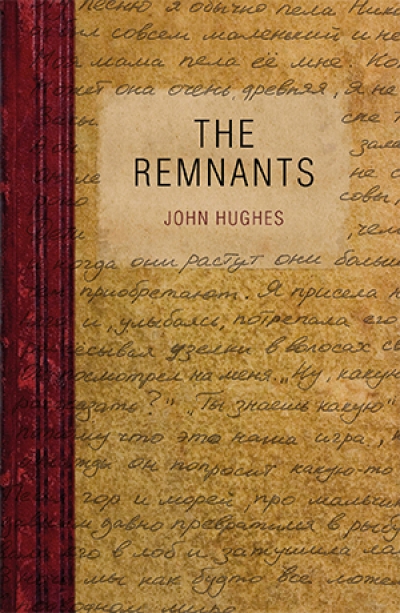UWA Publishing
Gardens of Fire: An Investigative Memoir by Robert Kenny
by Ian Gibbins •
Australia’s Asia: From Yellow Peril to Asian Century edited by David Walker and Agnieszka Sobocinska
by Nicholas Hordern •
Taking Stock: The Humanities in Australia edited by Mark Finnane and Ian Donaldson
by Robert Phiddian •
Great Western Highway: A Love Story (Capital, Volume One, Part Two) by Anthony Macris
by Patrick Allington •
An Unknown Sky and Other Stories by Susan Midalia
by Robert Horne •


